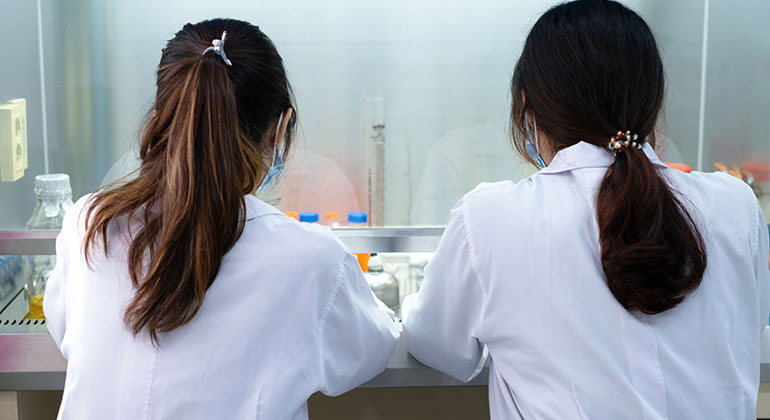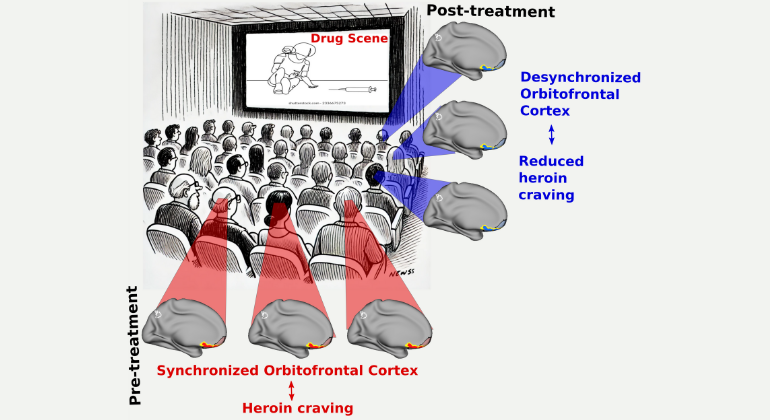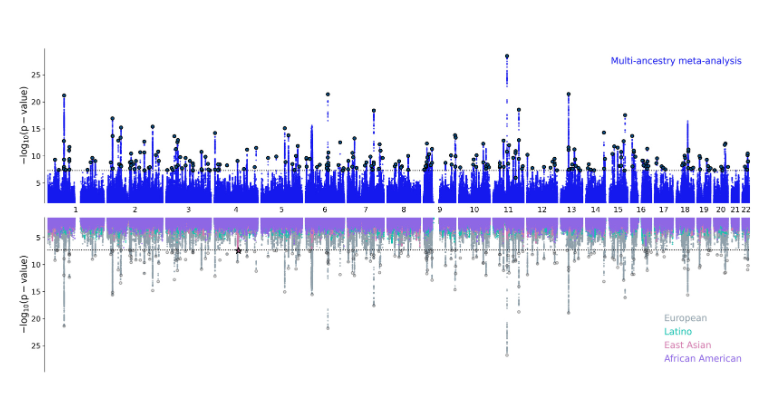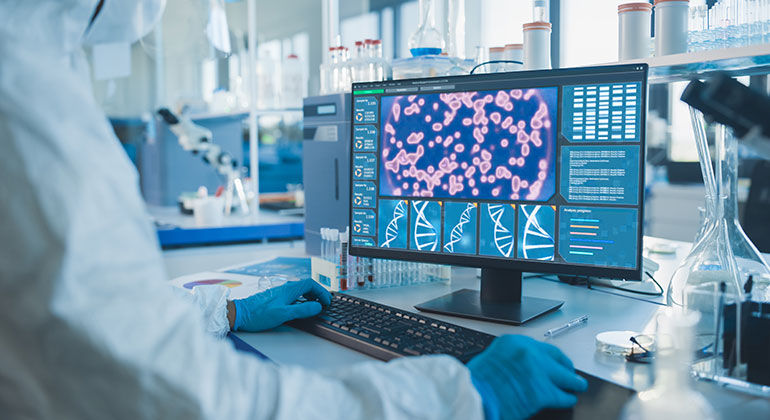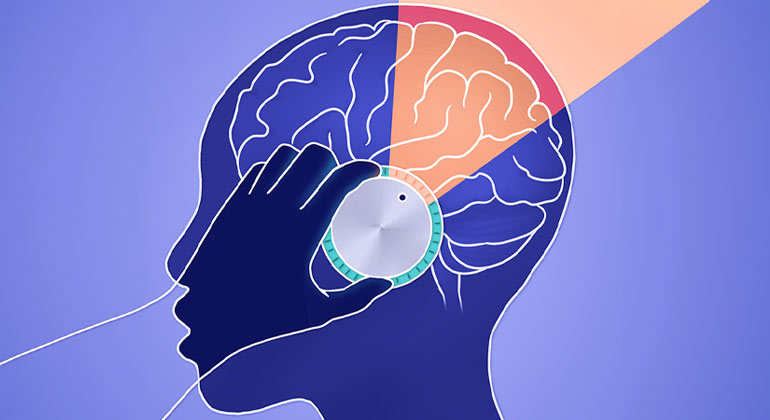Mount Sinai Researchers Learn Mechanism Behind Genetic Mutation Associated with Autism
Research shows that when a copy of a certain gene is missing, nerve cells do not effectively communicate, leading to some autism spectrum disorders.
Researchers from Mount Sinai School of Medicine have found that when one copy of the SHANK3 gene in mice is missing, nerve cells do not effectively communicate and do not show cellular properties associated with normal learning. This discovery may explain how mutations affecting SHANK3 may lead to autism spectrum disorders (ASDs) . The research is published in Molecular Autism.
"We know that SHANK3 mutation plays a central, causative role in some forms of autism spectrum disorders, but wanted to learn more about how it does this," said Joseph Buxbaum, PhD, Director of the Seaver Autism Center and Professor of Psychiatry, Neuroscience and Genetics and Genomic Sciences at Mount Sinai School of Medicine. "These data provide critical insight into the mechanism behind the development of the cognitive and social changes associated with autism."
Previous research has shown that gene mutation in SHANK3 is associated with delayed language abilities, learning disability, and ASDs. A team of researchers at the Seaver Autism Center for Research and Treatment at Mount Sinai School of Medicine and the Intramural Research Program of the National Institute of Mental Health wanted to better understand the connection between the SHANK3 mutation and subsequent brain and behavioral difficulties. They examined mice genetically engineered to lack one copy of SHANK3, similar to patients who have a mutation in one copy of SHANK3, and compared the nerve cell activity of these mice with that of mice in a control group that did not have the mutation. They also examined social behaviors in these mice.
Mount Sinai scientists looked at brain activity in vitro and worked with the NIMH Laboratory of Behavioral Neuroscience, led by Jacqueline Crawley, PhD, to evaluate behavioral differences in the two groups of mice. The research team observed impaired communication between nerve cells in the mice with the SHANK3 mutation. They also found altered functional and structural plasticity in nerve cells, which is a cellular measure of the flexibility that occurs during learning, and in the synapses—the points of contact between nerve cells. Behavioral observations indicated reduced male-female social interactions in the SHANK3 mutant mice. The studies identify clear brain targets that can implicate drugs that can be therapeutic.
"These results have helped us determine a pathological mechanism behind neurodevelopmental disorders like autism," said Dr. Buxbaum. "Currently, the only therapeutic options for people with ASDs are to treat the symptoms of the disease, like anxiety or aggression. Armed with this breakthrough, we can begin testing drug compounds that treat the disease at its root cause, improving nerve cell communication. We hope and expect that, like other developmental disorders such as Fragile X syndrome, the use of mouse models will lead directly to clinical trials that can benefit patients."
The study was supported by a grant from the Seaver Foundation and a special multi-site grant awarded to co-authors Drs. Buxbaum, Crawley, Hof and Zhou from the Simons Foundation.
Autism and the ASDs are complex neurobiological disorders that inhibit a person's ability to engage in reciprocal social interactions and to develop social relationships, and are often accompanied by behavioral challenges. ASDs are diagnosed in one in 110 children in the United States, affecting four times as many boys as girls. The Centers for Disease Control and Prevention has called the high prevalence of ASDs a national public health crisis. A specific genetic disorder is identified in at least 15 to 25 percent of people with an ASD, and the proportion with an etiological diagnosis will continue to increase with the more widespread use of genetic testing.
The Seaver Autism Center provides comprehensive assessment and care for people with autism spectrum conditions. It includes a multi-disciplinary team of experts that use genetics, molecular biology, model systems, neuroimaging, and therapeutics to improve patient care and to develop the next generation of treatments. The Seaver Autism Center provides opportunities to participate in research studies aimed at understanding the causes of autism spectrum conditions and developing treatments. For more information, visit www.SeaverAutismCenter.org.
The article is available on the journal website.
About The Mount Sinai Medical Center
The Mount Sinai Medical Center encompasses both The Mount Sinai Hospital and Mount Sinai School of Medicine. Established in 1968, Mount Sinai School of Medicine is one of few medical schools embedded in a hospital in the United States. It has more than 3,400 faculty in 32 departments and 15 institutes, and ranks among the top 20 medical schools both in National Institute of Health funding and by U.S. News & World Report. The school received the 2009 Spencer Foreman Award for Outstanding Community Service from the Association of American Medical Colleges.
The Mount Sinai Hospital, founded in 1852, is a 1,171-bed tertiary- and quaternary-care teaching facility and one of the nation's oldest, largest and most-respected voluntary hospitals. U.S. News & World Report consistently ranks The Mount Sinai Hospital among the nation's best hospitals based on reputation, patient safety, and other patient-care factors. Nearly 60,000 people were treated at Mount Sinai as inpatients last year, and approximately 530,000 outpatient visits took place.
For more information, visit www.mountsinai.org. Follow us on Twitter @mountsinainyc.
About the Mount Sinai Health System
Mount Sinai Health System is one of the largest academic medical systems in the New York metro area, with 48,000 employees working across seven hospitals, more than 400 outpatient practices, more than 600 research and clinical labs, a school of nursing, and a leading school of medicine and graduate education. Mount Sinai advances health for all people, everywhere, by taking on the most complex health care challenges of our time—discovering and applying new scientific learning and knowledge; developing safer, more effective treatments; educating the next generation of medical leaders and innovators; and supporting local communities by delivering high-quality care to all who need it.
Through the integration of its hospitals, labs, and schools, Mount Sinai offers comprehensive health care solutions from birth through geriatrics, leveraging innovative approaches such as artificial intelligence and informatics while keeping patients’ medical and emotional needs at the center of all treatment. The Health System includes approximately 9,000 primary and specialty care physicians and 11 free-standing joint-venture centers throughout the five boroughs of New York City, Westchester, Long Island, and Florida. Hospitals within the System are consistently ranked by Newsweek’s® “The World’s Best Smart Hospitals, Best in State Hospitals, World Best Hospitals and Best Specialty Hospitals” and by U.S. News & World Report's® “Best Hospitals” and “Best Children’s Hospitals.” The Mount Sinai Hospital is on the U.S. News & World Report® “Best Hospitals” Honor Roll for 2024-2025.
For more information, visit https://www.mountsinai.org or find Mount Sinai on Facebook, Instagram, LinkedIn, X, and YouTube.
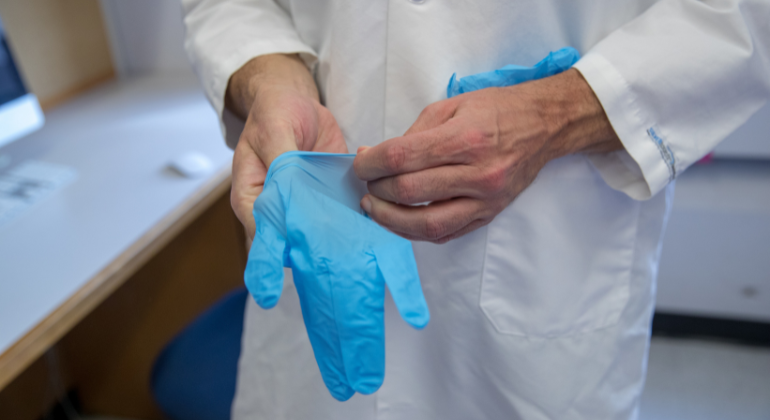
The New England Journal of Medicine Shines Spotlight on Forensic Pathology
Jul 03, 2025 View All Press Releases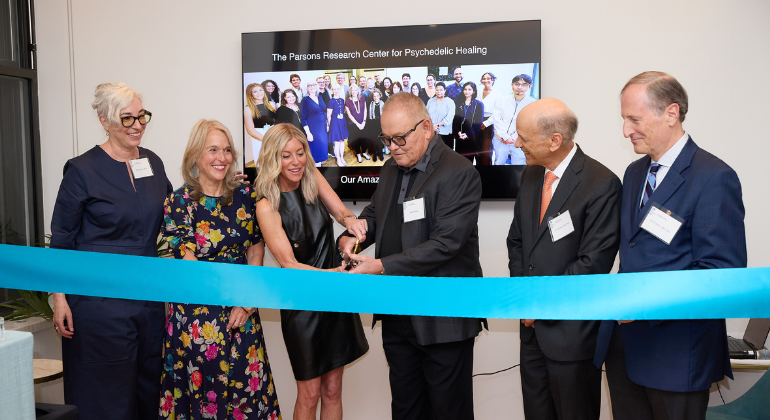
Mount Sinai Expands Psychedelic Research Center With New Facility in Upper Manhattan
Sep 19, 2024 View All Press Releases
